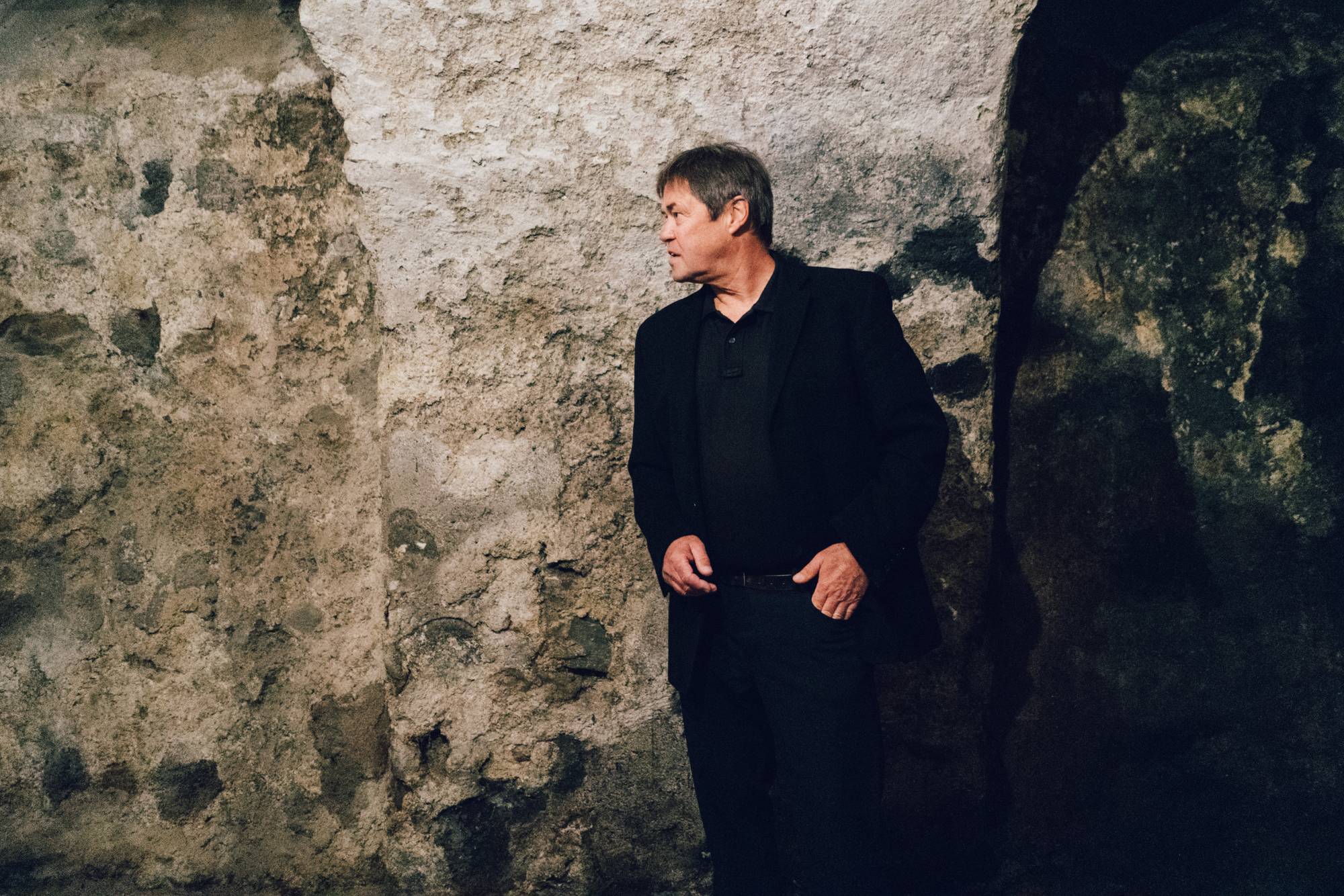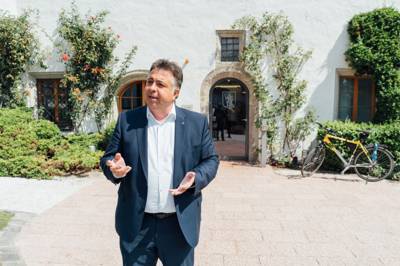Historical view Zell am See
Rainer Hochhold about the town square, Vogtturm and parish church
Rainer Hochhold and the history of Zell am See-Kaprun
The history of Zell am See
The history of Zell am See goes back a long way. Zell am See was first mentioned in records in the 8th century, but there are ceramic finds from Celtic times as early as 3000 years ago. A copper pot from Roman times shows that there was already a trade route to the south at that time. Trade played a major role for Zell am See.
Town square, Vogtturm and parish church
The triangular area of today's town square has not changed in the many centuries of its existence, but the appearance of the square has. In the past, even a small stream flowed across the square, and there was also a fountain and a mighty lime tree there.

Numerous depictions by well-known landscape painters, who came to this area in the 19th century and used the Zell market square as a worthwhile motif in addition to the magnificent nature, conveyed their knowledge in their works. For example, the fountain was first made of simple wood, which was replaced by a statue of the Virgin Mary around 1840.
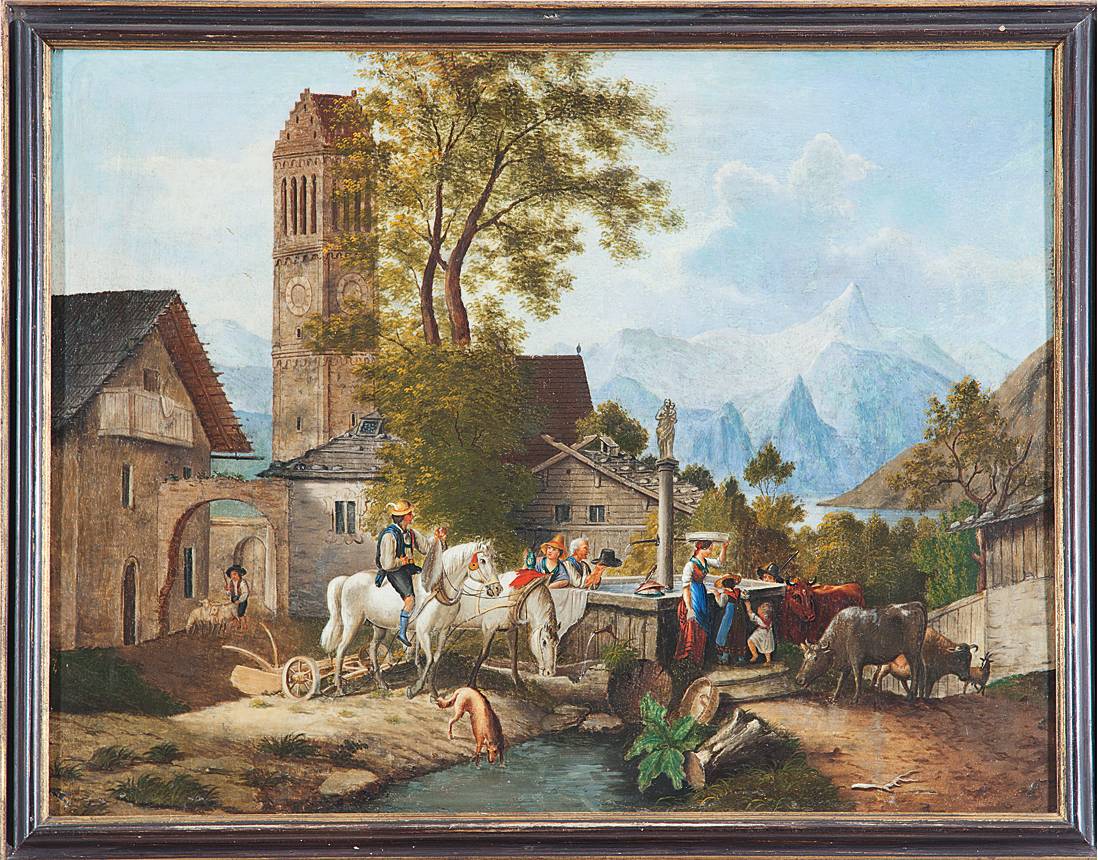
With the construction of a regulated water supply, the well had become obsolete and it was finally removed in 1894. The large lime tree had already fallen victim to a storm about 20 years earlier. Thus, the town square appeared somewhat barren at the turn of the century. Only a lamppost, which was later removed and replaced by a weather house, adorned the square.
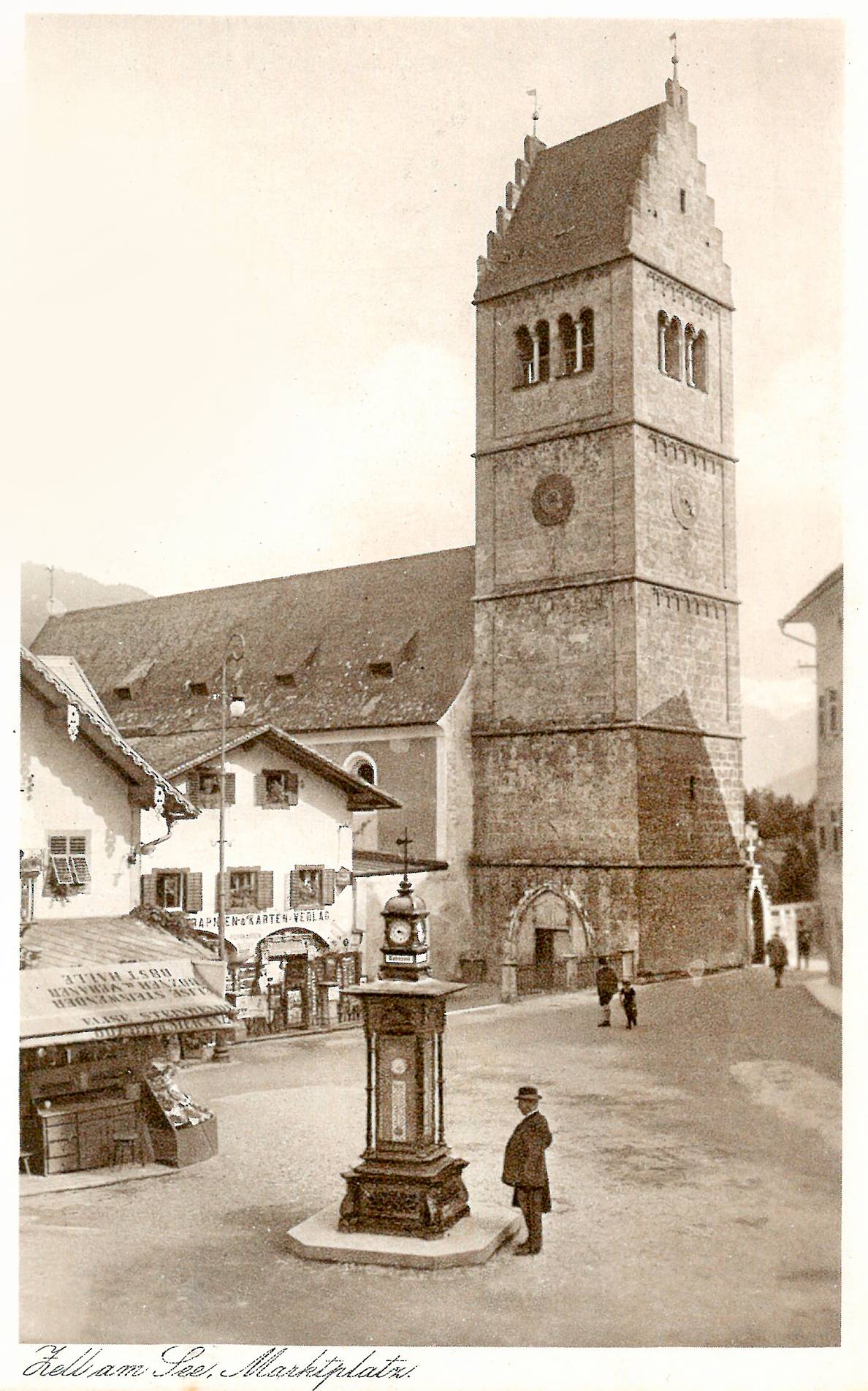
The then district governor, Ernst Pachmann, lamented in 1923: "One could weep when comparing the market square of today with that of fifty years ago, and one should not think it possible that a lack of love of one's native home and the absence of a sense of beauty could destroy such a historically honourable image in such a short time."
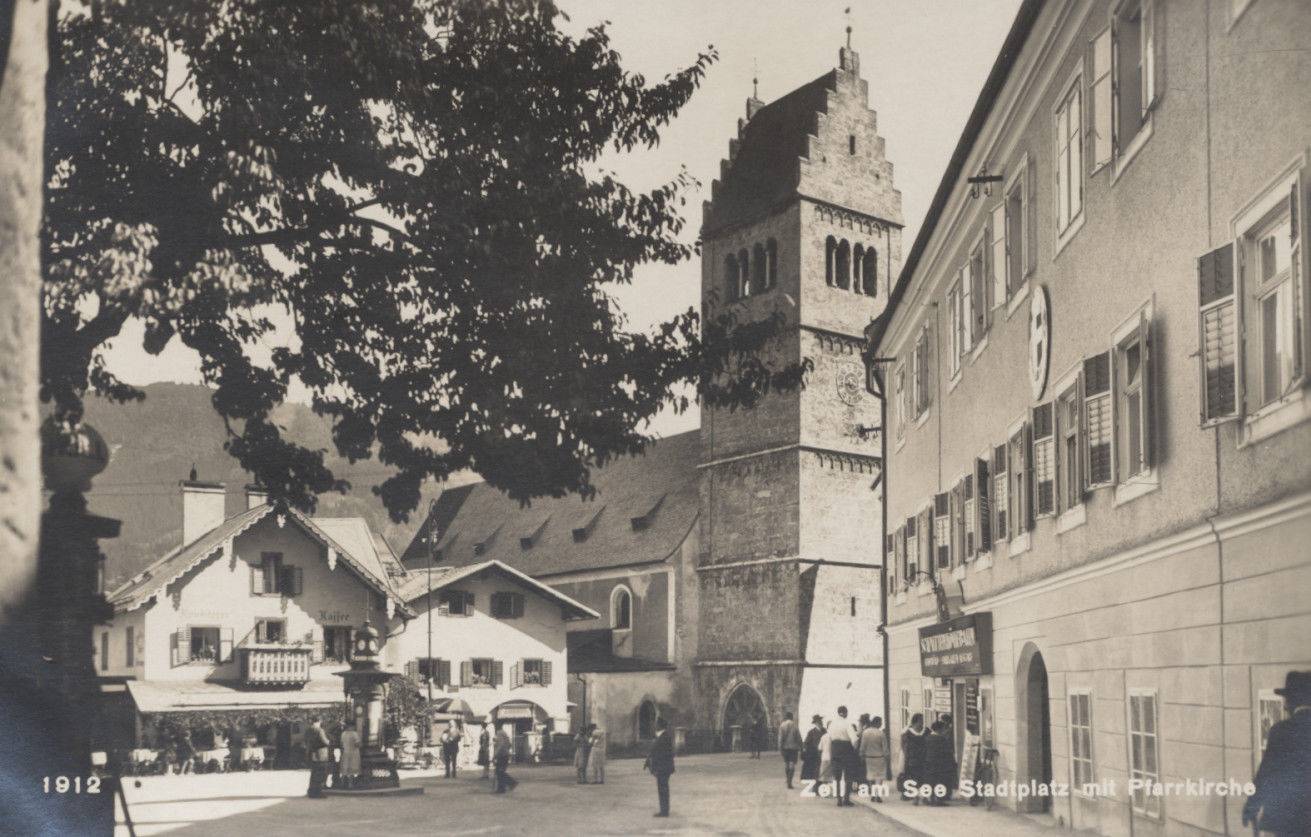
Market square, town square, venue...
Five years later, in 1928, Zell am See was elevated to the status of a town and the market square became the town square. Unfortunately, its appearance had hardly changed at that time. It was not until the 1950s that the "sense of beauty" of the people of Zell was revived, and a marble fountain was installed. With the creation of a pedestrian zone, the town became car-free in 1973. A year later a lime tree adorned the town square again for the first time in almost 100 years. The square has been shining again in all its glory ever since.
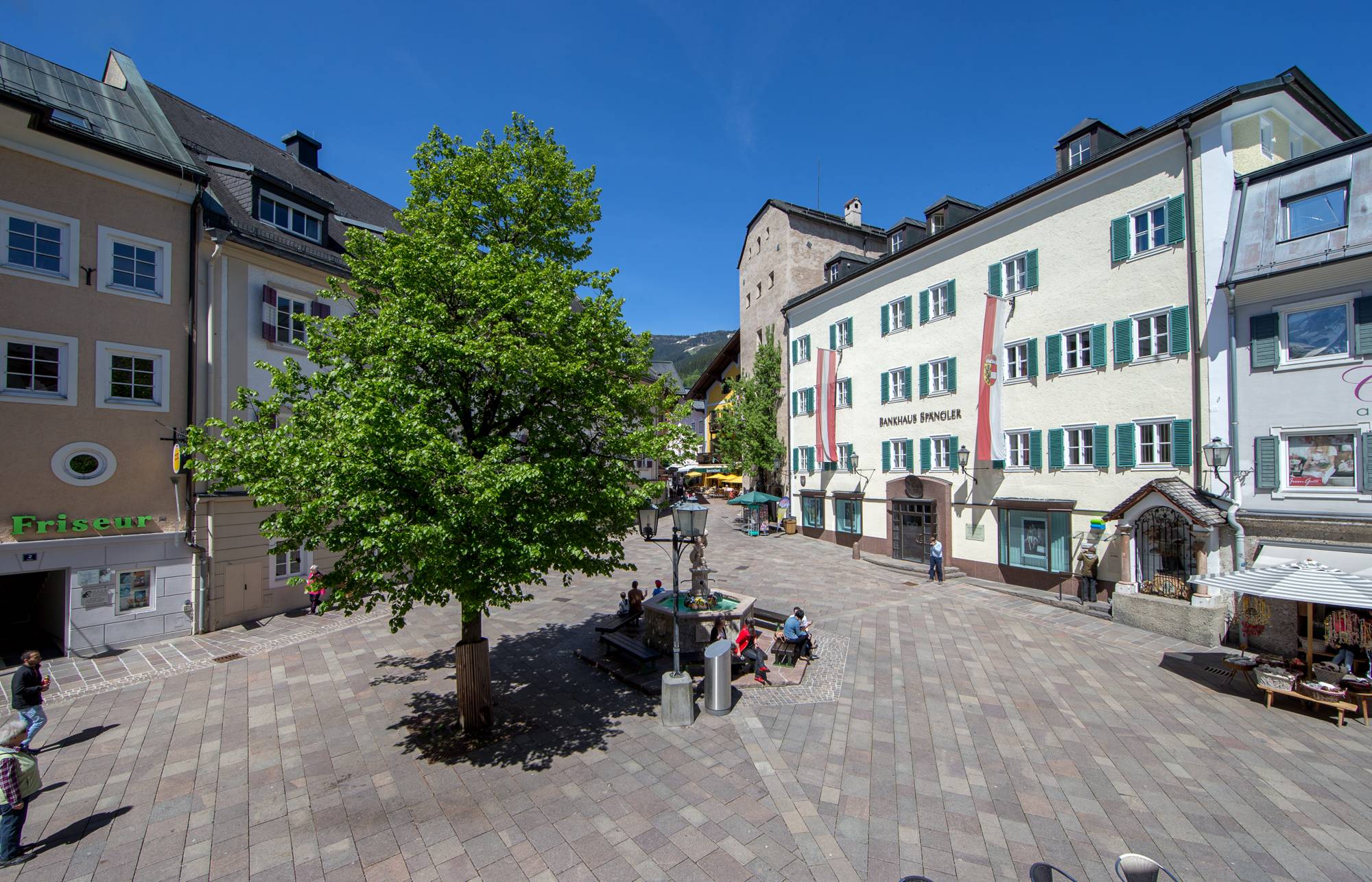
The unevenness of the town square from the Vogtturm tower towards the church can be seen clearly on the window facade of the district administration building. This is due to the numerous mudflows caused by the Schmittenbach over the centuries. Therefore, today one has to descend a few stairs to reach the main entrance of the church.
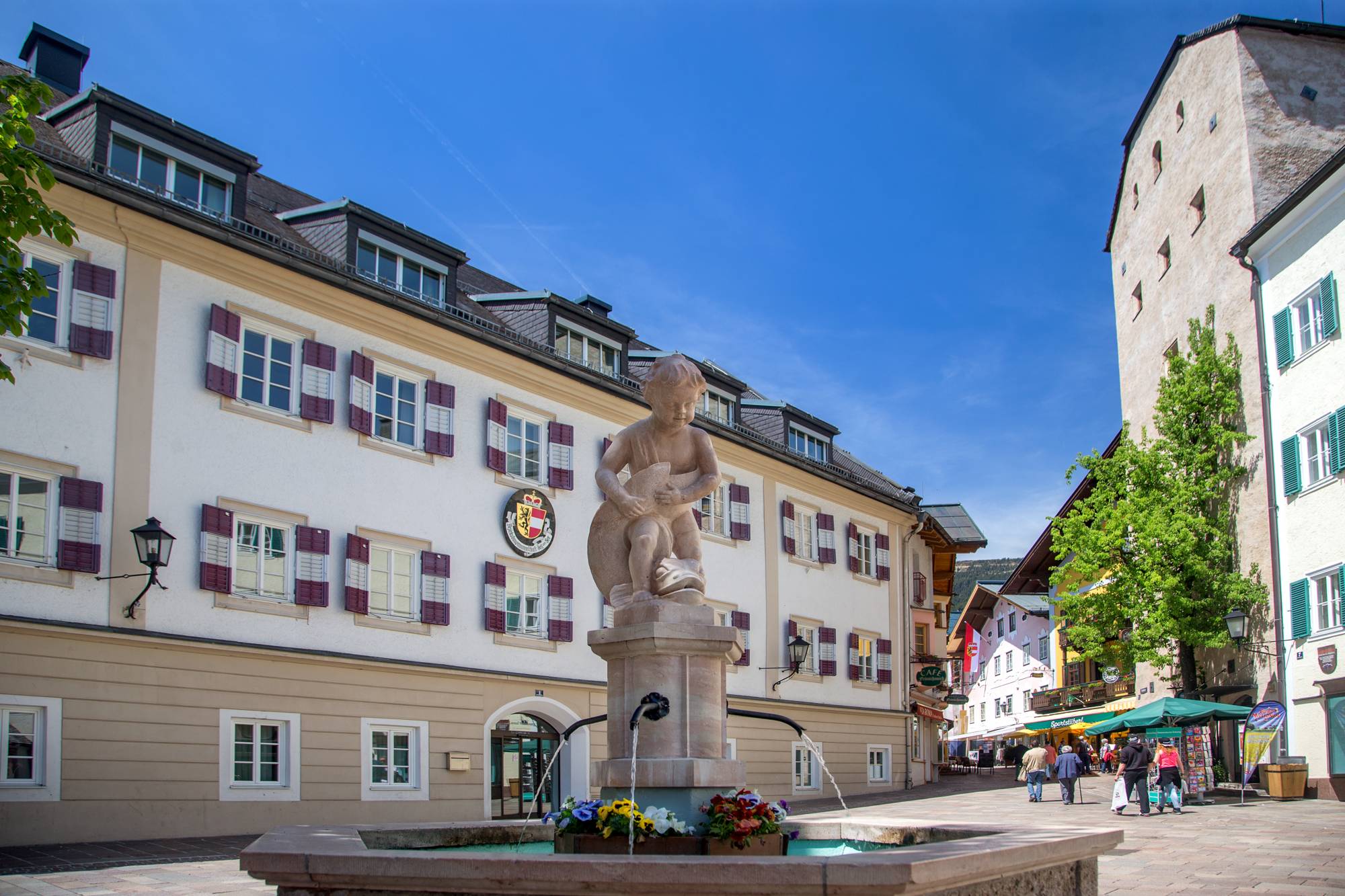
The ensemble of houses, with the Vogtturm tower, the church and the former vicarage building, was deliberately planned next to each other and realised as a whole. But it is not clear who the clients were. Perhaps the counts from nearby Bavaria, who had once founded the monastic cell, might have been involved.
The town square has always been the centre of events in Zell. While today it serves as a venue for concerts, markets or events, in the past it was also a place for citizens' meetings, an important trading hub and even the scene of not always pleasant spectacles. Twice a year, the magistrate (district administrator) read out to the people of Zell their rights and, above all, the duties they had towards the authorities.

The mysterious Vogtturm
One thing is certain: the constructor of the Zell Vogtturm tower gave Zell am See one of its most distinctive buildings. In the centuries of its existence, it frequently changed function and owner. As a building that has been owned by the bank Carl Spängler & Co. AG since 1984, the Vogtturm tower continues to shape the townscape and blends in beautifully next to the town’s parish church.
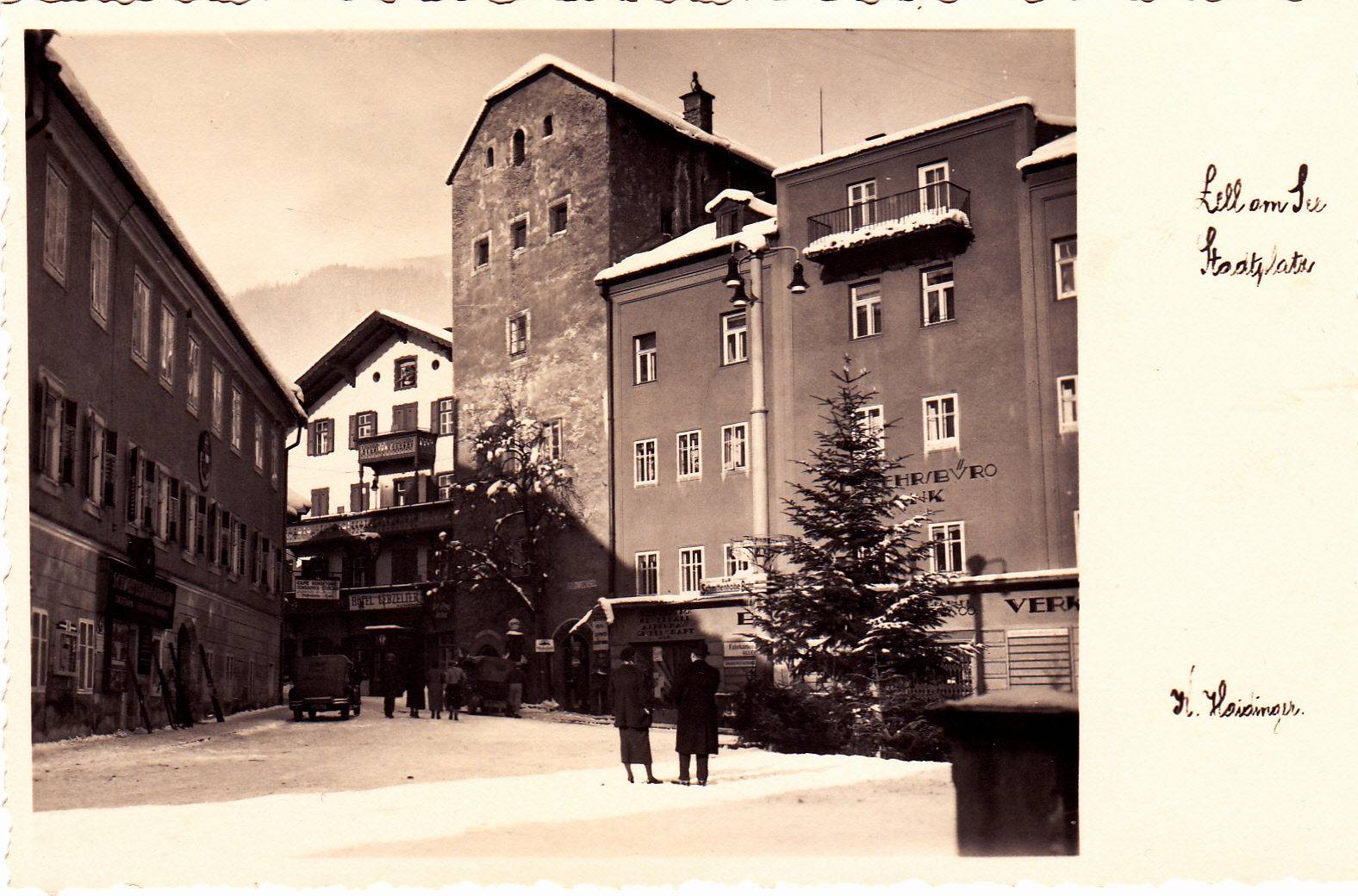
Like the Vogtturm tower, the parish church does not reveal any details about its construction. However, during a renovation of the church in the 1970s, a Celtic-Roman relief stone came to light. In the past, such stones were walled into churches as a mark of Christianity's victory over the pagans. Thus the stone may suggest that there may have been a pagan place of worship on this site in ancient times.

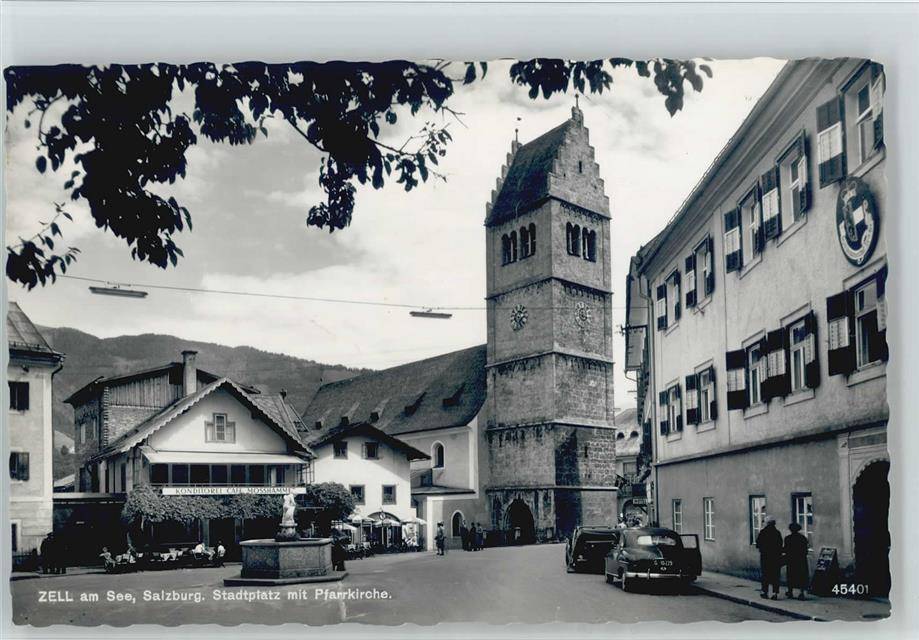
Hippolytus and Mary
It is very likely that the monastic cell, to which Zell am See owes its name, was founded in the 8th century AD by a Bavarian noble family. It is dedicated to St. Hippolytus of Rome, a saint who is very rarely found as a patron saint in Austria, being more commonly found in the Bavarian region. It is interesting though that next to today's parish church, which was a monastic church at the time, there was another church dedicated to "Our Lady of the Forest". However, this church fell victim to the great fire of 1770 and was never rebuilt. It is commemorated by the small Lady Chapel, which was built four years later on the same site.

Another impressive tower
The town parish church captivates not only with its history, but also with its mix of Romanesque and Gothic elements. During its existence, the church was rebuilt and reconstructed several times between the 9th and 15th centuries. The large west tower was probably built at the end of the 15th century.

